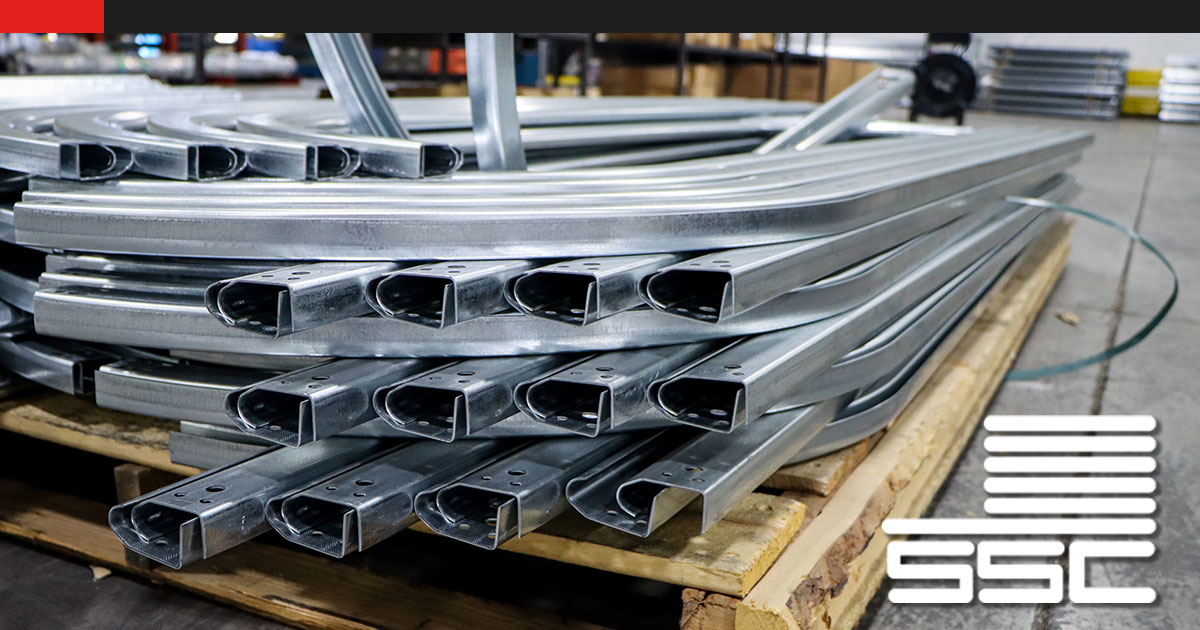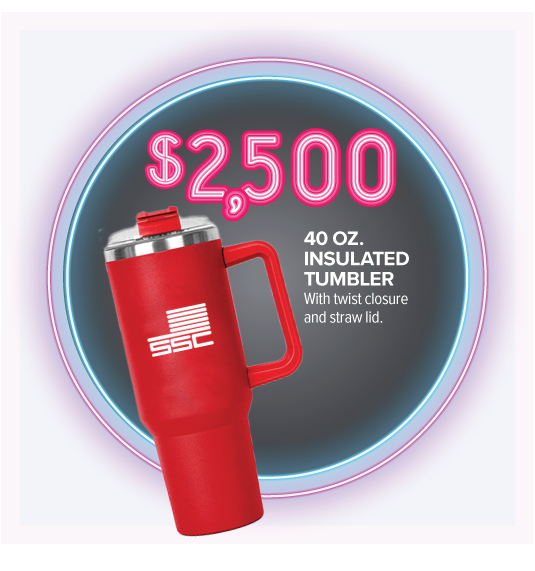Everything You Need to Know About Garage Door Track

When installing or servicing garage doors, understanding the different types of garage door tracks is crucial not only for smooth operation but also for long-term safety and dependability. Whether you’re a new or experienced garage door technician or a business owner, knowing the details of track systems can make your services stand out. From standard lift to vertical lift to high-lift systems, each type has a specific purpose and fits different building needs.
In this blog, we’ll break down the most common types of garage door tracks, their ideal applications, and what you need to consider when selecting or servicing them in the field.Track Widths
Garage door track is offered in three different width sizes.
- 1 inch: Common in truck & semi-trailer applications.
- 2 inch: Common in residential and commercial applications.
- 3 inch: Utilized in more industrial applications where the door is heavier.
*Can be used in some residential situations where the door is heavier.
Garage Door Track Lift Types
Choosing the right garage door track lift system is essential for optimal function, safety, and space efficiency in your garage. The type of track lift needed depends largely on your garage’s ceiling height, available headroom, and how you plan to use the space. Below are the most common types of track lifts, each suited to different garage layouts and needs.
Standard Lift
Standard lift tracks are the most widely used configuration for residential garage doors. This system consists of a vertical track that runs up the wall next to the door, which then curves into a horizontal track that extends into the garage. The door rides along this track and is supported in the horizontal position when fully open.
Standard lift systems require a moderate amount of headroom – typically 12 to 15 inches above the door opening – to accommodate the curved transition. This makes them ideal for garages with standard ceiling heights and no special clearance needs.
High Lift
High lift track systems are designed for garages with extra headroom, typically 30 inches or more above the door opening. Instead of immediately curving into the horizontal track, high lift systems extend the vertical track section higher up the wall before transitioning to a shorter horizontal track near the ceiling.
This configuration provides more vertical clearance when the door is open, making it perfect for homeowners who use ceiling-mounted storage, vehicle lifts, or simply want to maximize overhead space. High lift tracks are commonly used in both residential and light commercial settings.
Follow the Roof Pitch Lift
The follow-the-roof-pitch lift is a more customized track configuration where the horizontal track follows the slope or pitch of the roofline. This system is particularly useful in garages with vaulted or sloped ceilings, as it allows the door to open in alignment with the natural angle of the roof.
This not only maximizes ceiling clearance but also provides a clean and efficient appearance. Follow-the-pitch tracks are often used in custom homes or buildings where aesthetics and space utilization are key priorities.
Vertical Lift
Vertical lift tracks allow the garage door to travel straight up along the wall without curving into a horizontal track. This type of system is most often found in commercial or industrial applications, but can also be used in residential garages with very high ceilings.
To accommodate a vertical lift system, you’ll need a ceiling height equal to the height of the garage door plus at least 12 additional inches. This setup is ideal for warehouses or garages where maximizing floor space and vertical clearance is a priority.
Garage Door Track Hardware
For mounting and attaching the track to the wall and ceiling, you will need certain hardware. As your supplier of choice, SSC carries everything you’ll need, including:
Garage door tracks are one of the most important parts of any garage door. As a professional, you want to make sure you use quality materials when installing and repairing residential or commercial garage doors. At SSC, we carry vertical, horizontal, and low headroom track sections – and the hardware – you need for any job.
Related:
Share:
Safety Disclaimer: In order to see all procedures completely, there may be safety measures that are not taken by our actors. Be sure to follow any and all proper safety requirements and refer to your manufacturer’s installation manual for details. Your health and safety is the #1 concern. Failure to understand/follow the recommendations in the course could result in property damage, personal injury or death. While all efforts are made to provide accurate information and guidance, it is impossible to predict all door circumstances. Accordingly, the user agrees that the user of this video; products and information contained herein are at your own risk. In no event shall Service Spring be liable for any property damage, personal injury/death, or any other loss or damage that may result from your use of the information and products provided on this video. All information contained within this site is provided “as-is” without warranty expressed or implied. User assumes all responsibility/risk for use of information and products purchased. If you have any doubts about your ability to perform the work safely, we recommend you contact another door professional to complete your repair.








